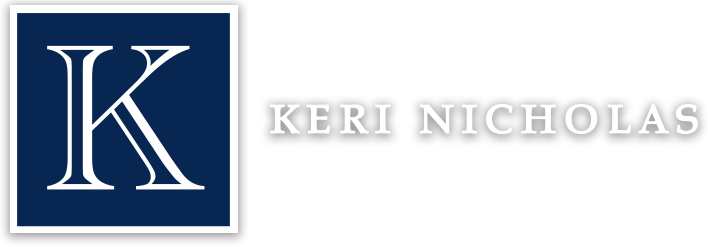Palo Alto
Living In
Palo Alto
Named for an ancient redwood tree that was a living landmark for late-1700s Spanish explorers, Palo Alto today is a diverse community, a mixture of high-tech and locally-owned companies and more than 26,000 homes.
Since incorporation in 1894, Palo Alto has expanded to encompass the area stretching from San Francisquito Creek to the north to San Antonio Road to the south, from the San Francisco Bay to the Skyline Ridge. It is home to nearly 60,000 residents — but during weekdays the population swells to nearly 140,000 with the daily flow and ebb of commuters.
Over time, the demographics of Palo Alto have changed dramatically. What once was a homogeneous, mostly blue-collar community, with an enclave of Stanford University professors, has become a diverse, mostly well-to-do, well-educated, but aging, population.
People continue to flock to Palo Alto, taking pride in its environmental consciousness, city-owned utilities, support of social services and some firsts, including opening a public Children’s Library in 1940 and becoming the first U.S. city to have an Internet home page in 1994.



